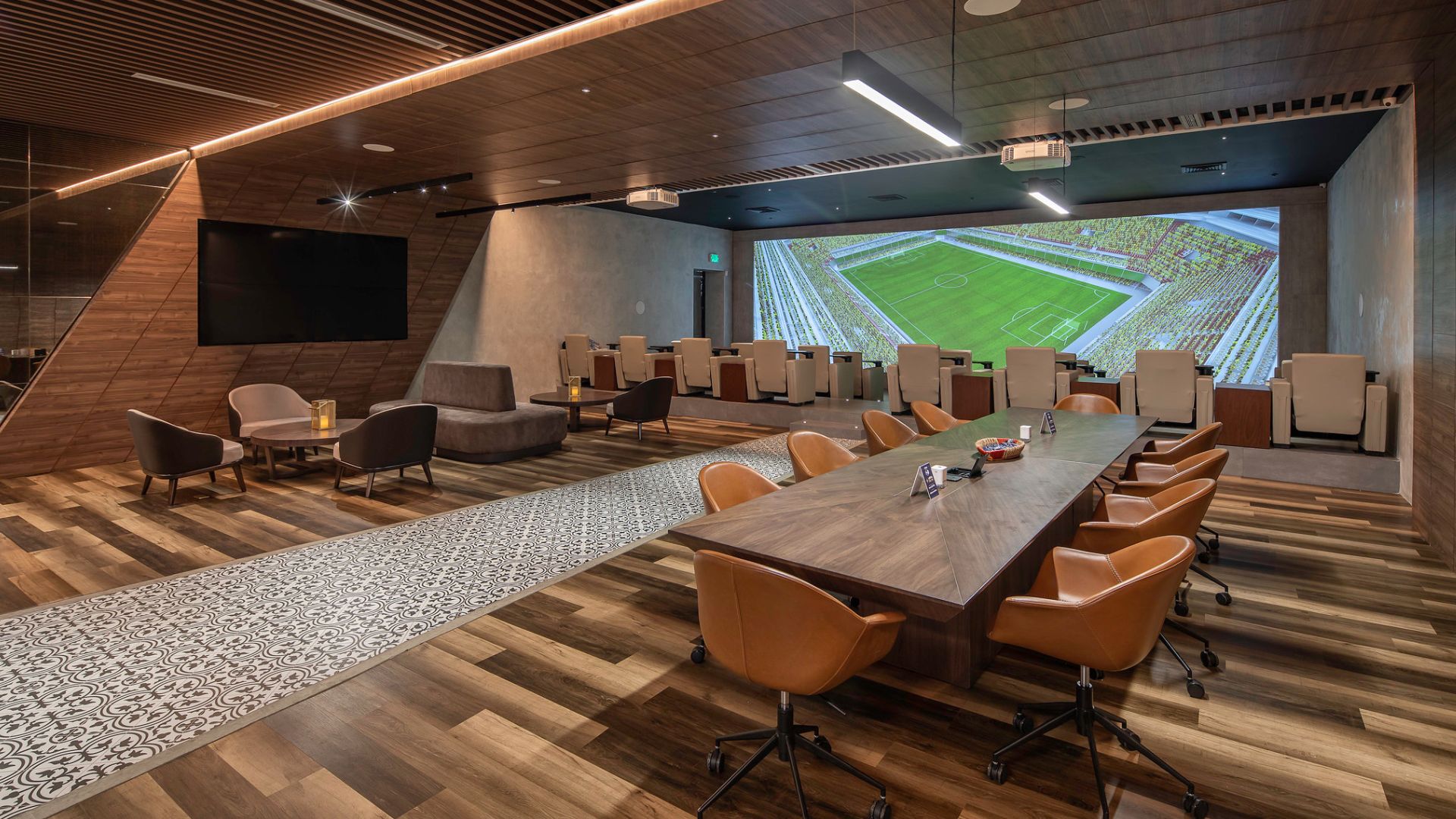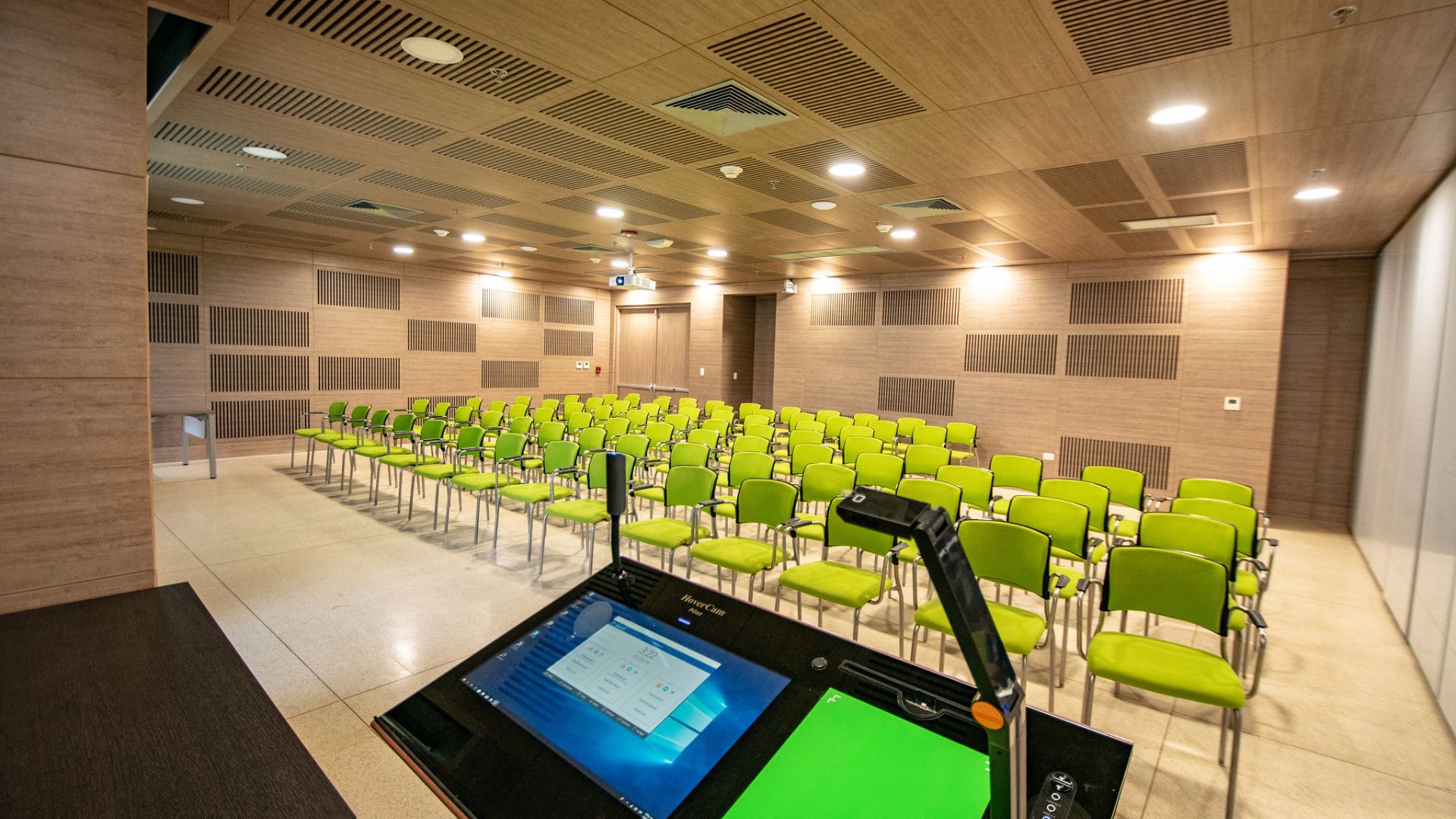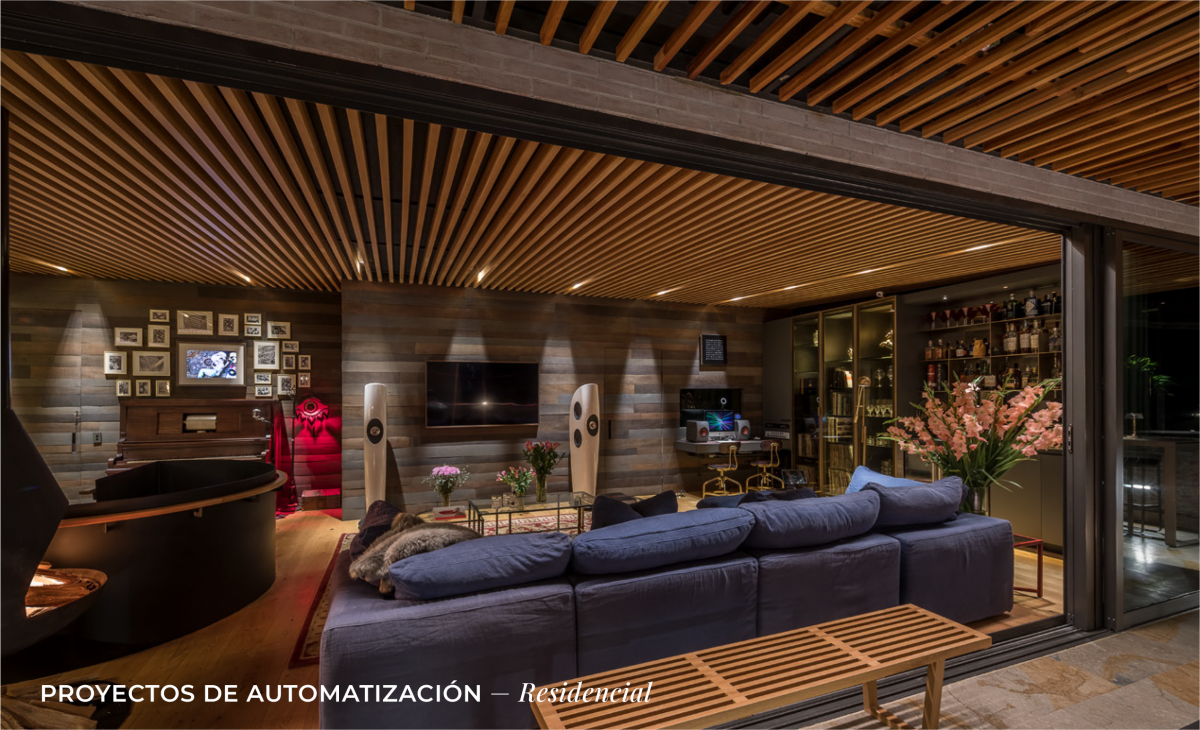Table of contents
- Unraveling the Role of Acoustics in Today’s Work Buildings
- Understanding the Science Behind Building Acoustics
- III. The Impact of Acoustic Comfort on Employee Productivity
- III. The Impact of Acoustic Comfort on Employee Productivity
- V. The Interplay between Acoustics and Architecture in Work Buildings
- VI. Case Study: How Acoustics Revolutionized Office Spaces
- VII. The Future of Acoustic Design in Work Buildings
- Expert Tips on Implementing Effective Acoustics in Your Workspace
- How is acoustics used in work buildings?
Unraveling the Role of Acoustics in Today’s Work Buildings
In today’s rapidly evolving work environment, the role of acoustics in work buildings has become increasingly significant. While traditionally, the design and aesthetics of workspaces took precedence, the modern emphasis on employee well-being and productivity has brought building acoustics to the forefront.
Acoustic design is not merely about dampening noise but creating an atmosphere where sound enhances the work experience rather than detracting from it. In a world where open-plan offices have become the norm, managing sound levels and ensuring clear communication has become a challenge. Ambient noise from conversations, machinery, and external sources can all converge to create a cacophonous environment. In such spaces, employees might find it hard to concentrate, leading to decreased productivity and increased stress.
Furthermore, the acoustic environment directly affects communication. In spaces with poor acoustics, even simple face-to-face conversations can become strained, with employees struggling to hear each other over the ambient noise. Virtual meetings, now a mainstay in many organizations, require clear sound for effective collaboration. Without proper acoustic design, the quality of these meetings can suffer, with participants frequently asking colleagues to repeat themselves or misinterpreting crucial information.
On the flip side, well-designed acoustic environments can uplift the mood, foster collaboration, and boost overall productivity. Spaces that are acoustically tailored can also enhance privacy, allowing for confidential conversations and focused individual work. Furthermore, a pleasant acoustic environment can enhance employee satisfaction, leading to improved retention rates and overall morale.
In essence, acoustics play a pivotal role in shaping the modern work environment. By ensuring that work buildings are acoustically optimized, organizations can provide their employees with a conducive, comfortable, and productive workspace, underpinning the critical link between sound and success.
Understanding the Science Behind Building Acoustics
Acoustics is the science of sound and its interaction with the environment. It is a complex field that encompasses a wide range of topics, from the physics of sound waves to the psychology of how we perceive sound. In the context of work buildings, acoustics is concerned with how sound can affect the comfort, productivity, and safety of employees.
There are two main types of sound waves that can affect the acoustics of a work building: airborne sound and impact sound. Airborne sound is the type of sound that we are most familiar with, and it is caused by vibrations in the air. Impact sound is the type of sound that is caused by objects hitting against each other, such as footsteps or machinery.
Both airborne sound and impact sound can have a negative impact on the acoustics of a work building. Airborne sound can make it difficult to hear speech or concentrate on work, while impact sound can be disruptive and annoying. In order to create a comfortable and productive work environment, it is important to control both airborne sound and impact sound.
III. The Impact of Acoustic Comfort on Employee Productivity
In today’s work environment, where employees are constantly bombarded with noise from co-workers, phones, and other devices, it’s more important than ever to create an acoustically comfortable workspace.
Acoustic comfort has been shown to have a number of benefits for employee productivity, including:
- Reduced stress
- Improved concentration
- Increased creativity
- Enhanced communication
By creating an acoustically comfortable workspace, employers can improve employee productivity, reduce absenteeism, and increase their bottom line.
III. The Impact of Acoustic Comfort on Employee Productivity
Acoustic comfort is essential for a productive work environment. When employees are exposed to excessive noise or reverberation, they can experience a number of negative consequences, including:
- Increased stress levels
- Difficulty concentrating
- Reduced productivity
- Increased absenteeism
Conversely, when employees are able to work in a quiet and comfortable acoustic environment, they can experience a number of positive benefits, including:
- Reduced stress levels
- Improved concentration
- Increased productivity
- Reduced absenteeism
As a result, it is clear that acoustic comfort is a key factor in employee productivity. By investing in acoustic design, businesses can create work environments that are conducive to productivity and employee well-being.
V. The Interplay between Acoustics and Architecture in Work Buildings
Acoustic design and architecture are two closely intertwined disciplines that work together to create comfortable and productive work environments. When acoustic design is incorporated into the early stages of the architectural planning process, it is possible to create spaces that are optimized for sound transmission, speech intelligibility, and noise control.
There are a number of ways that acoustic design can be used to improve the work environment. For example, acoustic materials can be used to absorb sound, diffuse sound, or reflect sound. These materials can be used to create a variety of acoustical effects, such as reducing noise levels, improving speech intelligibility, or creating a more intimate and comfortable space.
In addition to acoustic materials, acoustic design also involves the careful placement of furniture, fixtures, and equipment. The layout of a space can have a significant impact on the way sound travels, so it is important to consider the acoustic implications of any design decisions.
By working together, acoustic designers and architects can create work environments that are both aesthetically pleasing and acoustically comfortable. This can lead to a number of benefits for businesses, including increased productivity, reduced stress levels, and improved employee morale.
VI. Case Study: How Acoustics Revolutionized Office Spaces
In recent years, there has been a growing emphasis on acoustic comfort in office spaces. This is due to the fact that poor acoustics can have a negative impact on employee productivity, concentration, and well-being.
One of the most notable examples of how acoustics has revolutionized office spaces is the open office concept. Open offices are designed to promote collaboration and communication, but they can also be very noisy. In order to create a more acoustically comfortable environment, many open offices now feature sound-absorbing materials, such as acoustic panels and carpets.
Another example of how acoustics has revolutionized office spaces is the rise of private phone booths. These booths provide employees with a quiet place to take phone calls or have private conversations. They are often equipped with sound-absorbing materials and noise-canceling technology.
The use of acoustics in office spaces is continuing to evolve. As more and more research is conducted on the impact of acoustics on employee productivity, we can expect to see even more innovative acoustic solutions being implemented in the workplace.
VII. The Future of Acoustic Design in Work Buildings
The future of acoustic design in work buildings is bright. As more and more companies realize the importance of acoustic comfort, we can expect to see a continued investment in innovative acoustic solutions. These solutions will help to create more productive, comfortable, and enjoyable work environments for employees.
Some of the key trends that are shaping the future of acoustic design in work buildings include:
- The use of more sustainable materials and construction methods
- The development of new technologies to reduce noise pollution
- The growing importance of employee well-being and productivity
- The increasing demand for flexible and adaptable work spaces
As these trends continue to evolve, so too will the acoustic design of work buildings. The goal will be to create spaces that are not only acoustically comfortable, but also sustainable, healthy, and productive.
By investing in acoustic design, companies can create work environments that support employee well-being and productivity. This will lead to improved employee morale, reduced absenteeism, and increased profitability.
Expert Tips on Implementing Effective Acoustics in Your Workspace
Here are eight expert tips for implementing effective acoustics in your workspace:
- Identify the specific acoustic problems in your workspace.
- Choose the right acoustic materials and treatments for your needs.
- Install acoustic solutions in the right places.
- Consider the acoustic impact of your furniture and décor.
- Create a noise-reducing policy for your employees.
- Educate your employees about the importance of acoustics.
- Monitor the effectiveness of your acoustic solutions and make adjustments as needed.
By following these tips, you can create a more comfortable, productive, and collaborative work environment for your employees.The Role of Schallertech in Advancing Acoustic Design Solutions
Schallertech is a leading provider of acoustic design solutions for work buildings. We offer a wide range of products and services, including acoustic consulting, acoustic engineering, and acoustic products. Our team of experts has a deep understanding of the science of acoustics and how it can be used to create more comfortable and productive work environments. We work with clients of all sizes to design and implement acoustic solutions that meet their specific needs.
Schallertech is committed to advancing the field of acoustic design. We are constantly researching new technologies and developing new solutions to meet the ever-changing needs of our clients. We are also involved in a number of industry organizations and initiatives, and we are always looking for ways to share our knowledge and expertise with others.
If you are looking for a partner to help you improve the acoustics in your work building, contact Schallertech today. We will work with you to create a custom solution that meets your specific needs and budget.
How is acoustics used in work buildings?
Acoustics is the science of sound and its effects on people and the environment. In work buildings, acoustics can be used to improve the work environment in a number of ways, including:
- Reducing noise pollution
- Improving speech intelligibility
- Creating a more comfortable and productive work space
By understanding the science of acoustics and how it can be used to improve the work environment, businesses can create spaces that are more conducive to productivity and employee well-being.
Reducing noise pollution
Noise pollution is a major problem in many work buildings, and it can have a significant impact on employee productivity. Loud noise can make it difficult to concentrate, and it can also lead to stress and fatigue.
There are a number of ways to reduce noise pollution in work buildings, including:
- Using sound-absorbing materials in walls, ceilings, and floors
- Installing noise-reducing windows and doors
- Using noise-canceling headphones or earplugs
By taking steps to reduce noise pollution, businesses can create a more comfortable and productive work environment for their employees.
Improving speech intelligibility
In addition to reducing noise pollution, acoustics can also be used to improve speech intelligibility. This is important in work buildings where employees need to be able to communicate effectively with each other.
There are a number of ways to improve speech intelligibility in work buildings, including:
- Using sound-diffusing materials in walls, ceilings, and floors
- Installing sound-reflecting materials behind speakers
- Using microphones and speakers that are designed for speech intelligibility
By improving speech intelligibility, businesses can create a more collaborative and productive work environment.
Creating a more comfortable and productive work space
In addition to reducing noise pollution and improving speech intelligibility, acoustics can also be used to create a more comfortable and productive work space. This can be done by creating a space that is:
- Quiet
- Free from echoes
- Well-lit
- Comfortably temperature-controlled
By creating a more comfortable and productive work space, businesses can improve employee morale and productivity.
Acoustics is a powerful tool that can be used to improve the work environment in a number of ways. By understanding the science of acoustics and how it can be used to improve the work environment, businesses can create spaces that are more conducive to productivity and employee well-being.
Our Portfolio
Table of contents
- Unraveling the Role of Acoustics in Today’s Work Buildings
- Understanding the Science Behind Building Acoustics
- III. The Impact of Acoustic Comfort on Employee Productivity
- III. The Impact of Acoustic Comfort on Employee Productivity
- V. The Interplay between Acoustics and Architecture in Work Buildings
- VI. Case Study: How Acoustics Revolutionized Office Spaces
- VII. The Future of Acoustic Design in Work Buildings
- Expert Tips on Implementing Effective Acoustics in Your Workspace
- How is acoustics used in work buildings?













